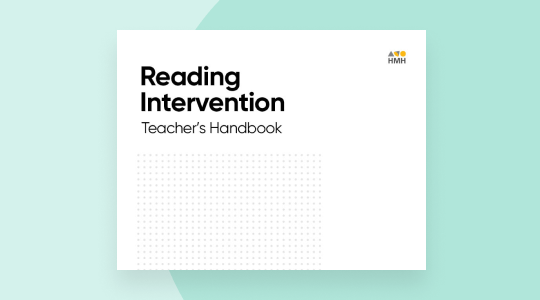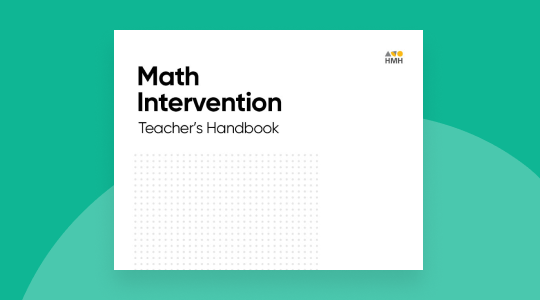
Could it be that focusing on what students should know and be able to do has caused us to lose sight of what we want students to be—readers and writers who can and do read and write?
I don’t mean to suggest that standards haven’t brought both consistency and transparency to curricula. They have. The tail, however, has begun to wag the dog. Instead of providing a map of the skills required for literacy, standards have themselves become the goal.
For me, standards should be like a computer’s operating system, running efficiently and silently in the background, supporting basic functions, and controlling peripherals. Maybe the comparison breaks down when it comes to controlling classroom peripherals like paper airplanes, but standards are not the endpoint but the very underpinning for our lessons.
Everyone would agree that the goal is to help children become confident learners who can read and write and choose to do so. Too often, practicing discrete skills in isolation consumes instructional time better spent reading. After all, students only develop automaticity with basic reading skills in the process of re-applying those skills over and over in many different contexts and with many different kinds of texts.
Consider for a moment your own fluency on a computer. I’ll wager you are really good at the applications that you use every day and much less so with programs you may have sat through training on but rarely use. Practice doesn’t always make perfect, but it does make permanent.
Let’s apply this idea to reading. Once students have acquired the basic skills, what they need most is time with the books. I love research that supports what I already believe. Survey results from the National Assessment for Educational Progress (NAEP) in reading for eighth and twelfth grades demonstrate what English teachers know in their hearts to be true: students who read become better readers than those who don’t.
- Eighth-graders who read five or fewer pages per day scored lower than those who read more pages in school and for homework. Twelfth-graders who read at least six to ten pages per day in school and for homework scored higher than those who read five or fewer pages.
- Eighth-graders who read for pleasure almost every day scored higher than those who read for fun less frequently. Twelfth-graders who read for pleasure almost every day scored higher than students who never or hardly ever read for fun.
The implications of these NAEP findings are clear. If we hope to see improvement in reading achievement, students will need to read significantly more in many different contexts for a variety of purposes including their own pleasure. We should be every bit as concerned about the large number of students who don’t read as we are about those who can’t. Volume matters.
The views expressed in this article are those of the author and do not necessarily represent those of HMH.
***
Blog contributor Carol Jago is an author on the new HMH Into Reading and HMH Into Literature K-12 programs.

















